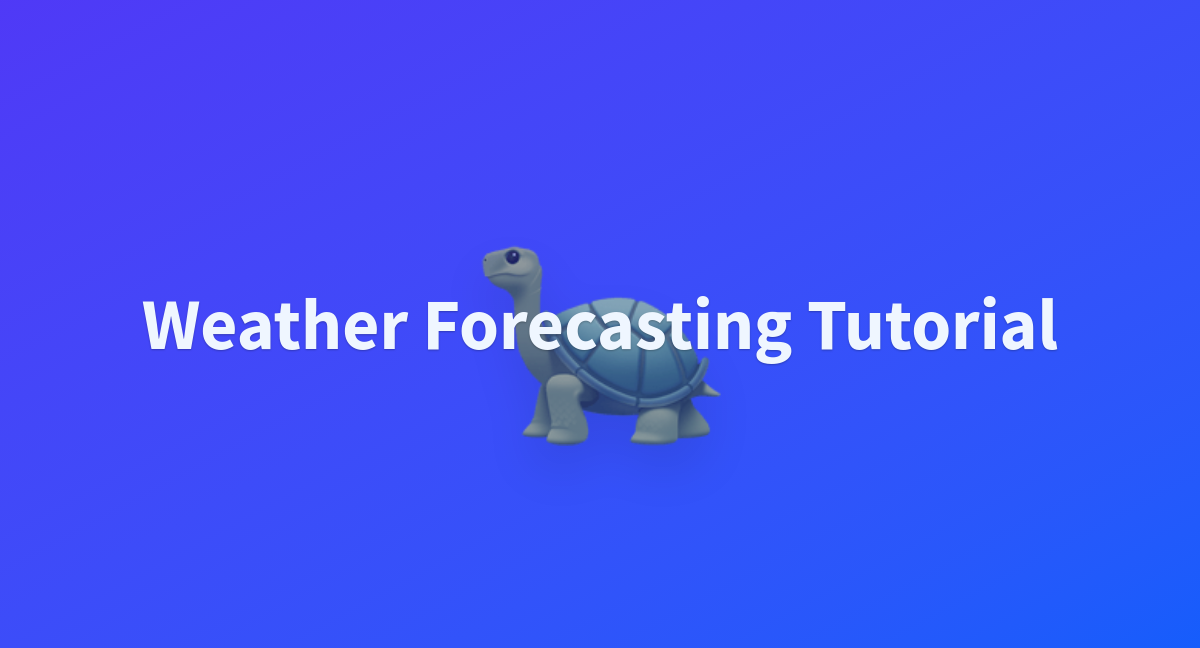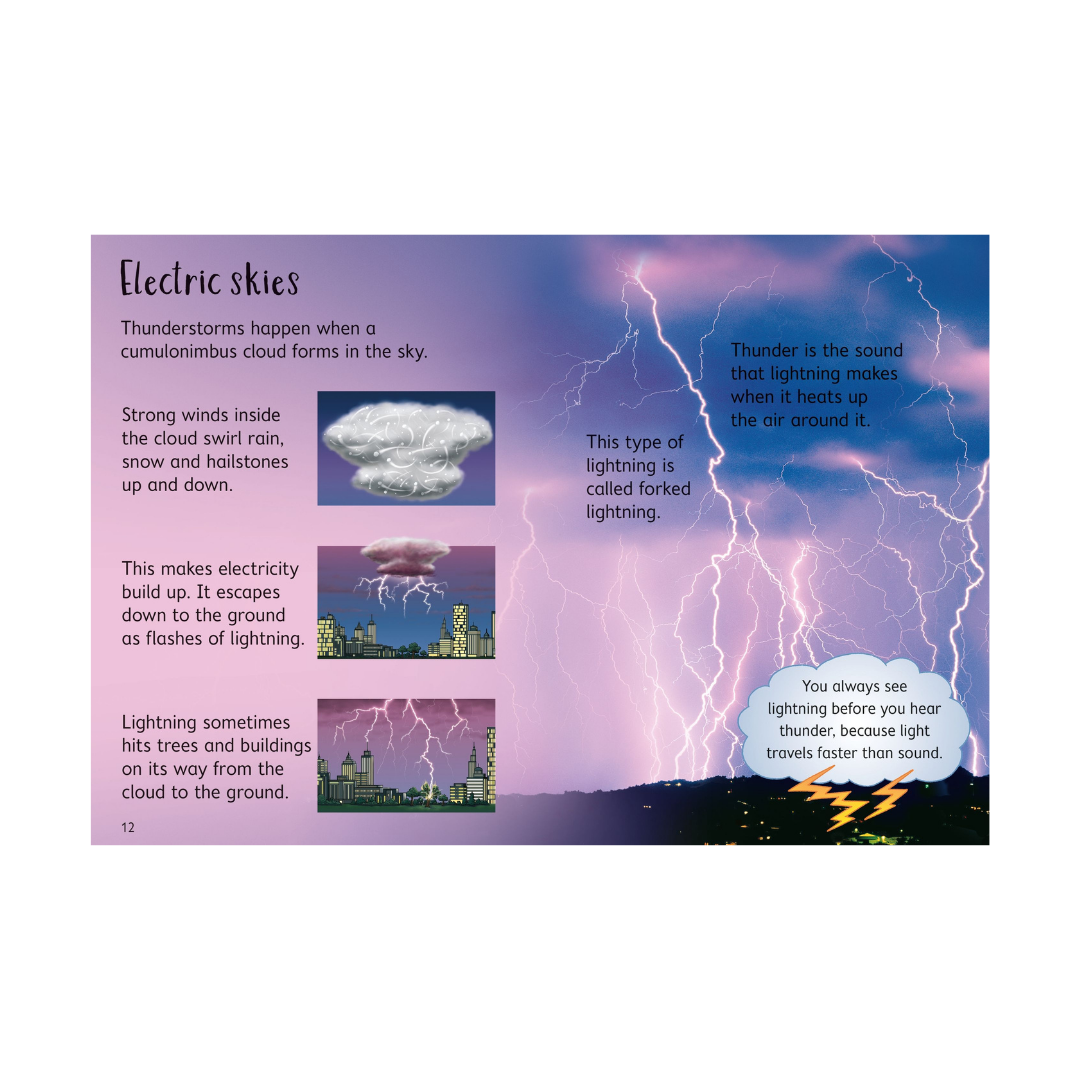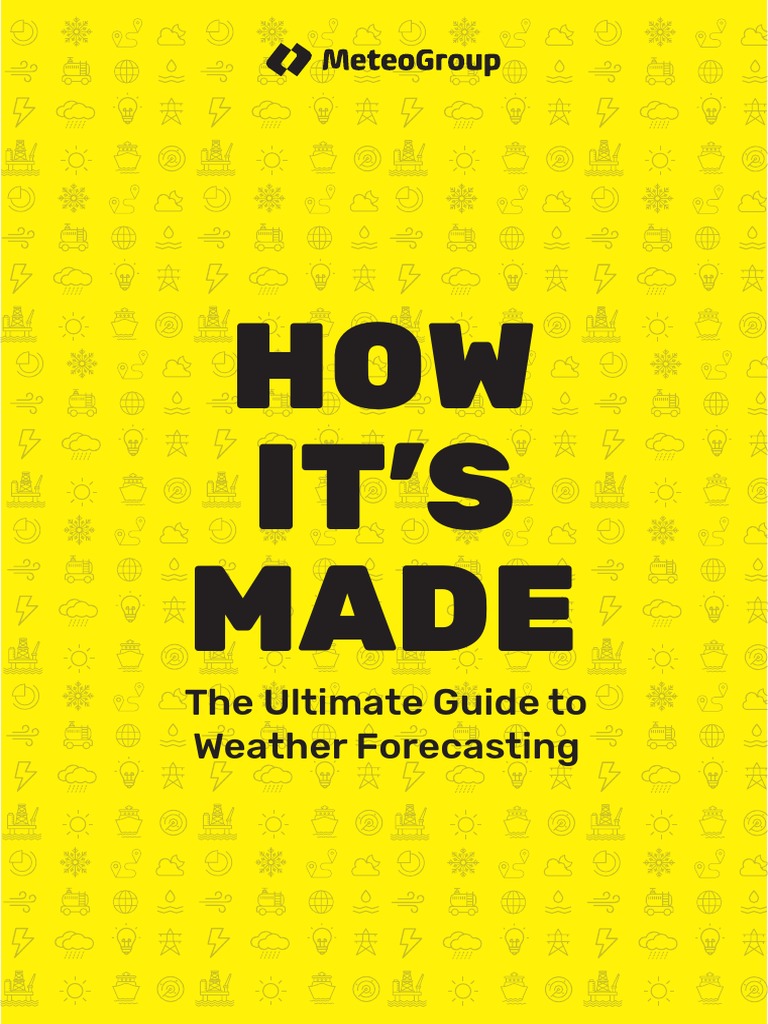Beginner’S Guide To Weather Forecasting: Tips And Tools

Weather affects our daily lives, from planning outdoor events to deciding what to wear. With a little knowledge, anyone can learn to predict the weather. This guide will provide you with essential weather forecasting tips for beginners, making it easy to understand and apply simple techniques.

Introduction to Weather Forecasting
Weather forecasting is the science of predicting atmospheric conditions over a short period. It involves observing various elements like temperature, humidity, and wind patterns. Understanding these factors is crucial because accurate weather predictions can help you plan your day better and stay safe during severe weather events.
In this guide, we'll explore beginner meteorology, essential tools, and practical tips to enhance your forecasting skills.

Understanding Weather Patterns
To master weather forecasting, it's important to recognize common weather patterns. These patterns often repeat and can help you predict future conditions.
Types of Weather Patterns:
- High Pressure Systems: Often lead to clear skies and calm weather.
- Low Pressure Systems: Usually associated with clouds and precipitation.
- Fronts: Boundaries between different air masses can result in sudden weather changes.
For example, when a cold front moves through, temperatures often drop, and storms may occur. Observing these patterns can be a game-changer in learning how to forecast the weather.

Essential Tools for Weather Forecasting
Having the right tools can significantly improve your forecasting accuracy. Here are some essential weather forecasting tools you should consider:
- Weather Apps: Apps like The Weather Channel and AccuWeather provide real-time updates and forecasts.
- Weather Radar Systems: These track precipitation and storm systems, allowing for timely alerts.
- Anemometers: Measure wind speed, which is crucial for understanding storm systems.
- Barometers: Help predict changes in atmospheric pressure, indicating approaching storms.
- Weather Maps: Learning how to read weather maps is essential for any aspiring forecaster, as they display various meteorological data.
Using these tools can provide a clearer picture of what to expect, improving your forecasting skills.
Common Weather Forecasting Techniques
Weather prediction techniques vary in complexity, but beginners can start with simple methods. Here are some common techniques:
Short-term vs. Long-term Forecasting
- Short-term Forecasting: Typically covers 1-3 days. You can use current weather conditions and satellite images to make predictions.
- Long-term Forecasting: Involves analyzing data trends over weeks or months. This technique often relies on historical data and climate models.
For instance, if you notice a pattern of rising temperatures over several days during summer, you can predict warmer weather in the coming days.
Observational Techniques
Observing local weather conditions is a practical technique. Look for signs such as:
- Changes in wind direction
- Cloud formations
- Temperature shifts
These observations can help you make accurate real-time predictions.
Tips for Beginners in Weather Forecasting
As a beginner, applying some straightforward tips can enhance your forecasting abilities:
- Stay Informed: Follow reliable weather channels and apps to gather accurate information.
- Practice Regularly: Try forecasting the weather daily based on observations and data you collect.
- Learn from Mistakes: If your predictions are off, analyze what went wrong to improve in the future.
- Join Online Communities: Participate in forums or social media groups focused on weather forecasting to share experiences and learn from others.
For example, engage with local meteorological clubs or online groups to exchange insights and tips.
Conclusion
Weather forecasting isn't just for meteorologists; it's a skill anyone can learn. By understanding weather patterns, using essential tools, and applying simple techniques, you can become proficient at predicting the weather.
Explore further resources and continue practicing your skills. With dedication and curiosity, you'll soon be confidently making your own weather forecasts. Remember, the world of weather is vast and always changing—embrace the journey of learning and enjoy your new forecasting abilities!
Call to Action
Ready to dive deeper into the world of weather forecasting? Start by downloading a reliable weather app and tracking your local weather patterns. Happy forecasting!

